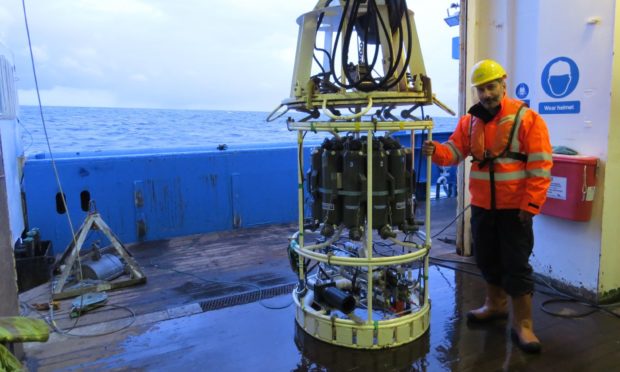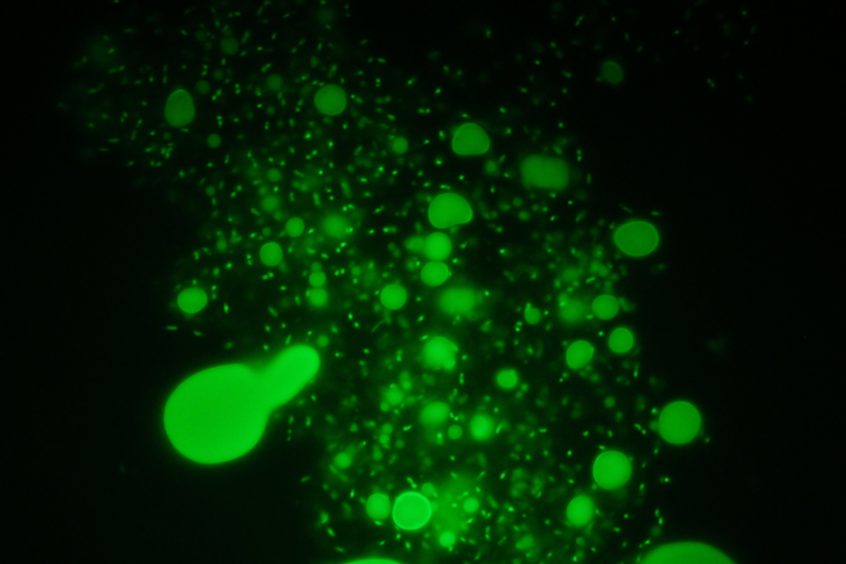An underwater observatory between Shetland and Faroe has found an abundance of hydrocarbon-eating bacteria that could help deal with future oil spills.
It is the first observatory of its kind in the north-east Atlantic, an area with a high level of oil and gas and shipping activity.
It’s still unknown if the abundance of oil-degrading bacteria is evidence of chronic spillage.
But Tony Gutierrez, of Heriot-Watt University‘s school of engineering and physical sciences, said it indicates they are primed and ready to deal with blowouts or pollution from the industrial activity nearby.
Professor Gutierrez said: “Oil-degrading bacteria play a vital role in cleaning up oil spills – we found them strongly enriched during the Deepwater Horizon spill, for example. These types of microbes thrive on oil as a food source.”
Prof Gutierrez and his team monitored the Faroe-Shetland channel’s water over two years, at different depths and locations, to establish a baseline for the microbes when there is no spill.
“Overall, we detected a higher than usual abundance of these bacteria,” Prof Gutierrez said, adding: “They comprised about 15-20% of the total community of microbes, when quite often you find them at less than 1% abundance.
“We’re not sure why this is the case – it could be due to natural seepage of oil from the seafloor, or the release of produced waters from oil rigs.
“Establishing a baseline in these waters is critical so that we can monitor the impact of future spills and the success of any clean-up efforts, as well as other issues such as ocean acidification and ocean warming.”
Other locations
The team is planning to extend its monitoring in the Faroe-Shetland channel and hopes to better understand why these types of bacteria are in such atypically high abundance.
It also has other locations in mind for similar observatories.
Prof Gutierrez added: “Creating microbial observatories in other ocean regions at potential risk of pollution and climate change effects, like the Arctic, is one of our goals.”
The research was funded by the Royal Society, the Society for Applied Microbiology and the Marine Alliance for Science and Technology for Scotland. It was published in mBio, an American Society for Microbiology journal.

